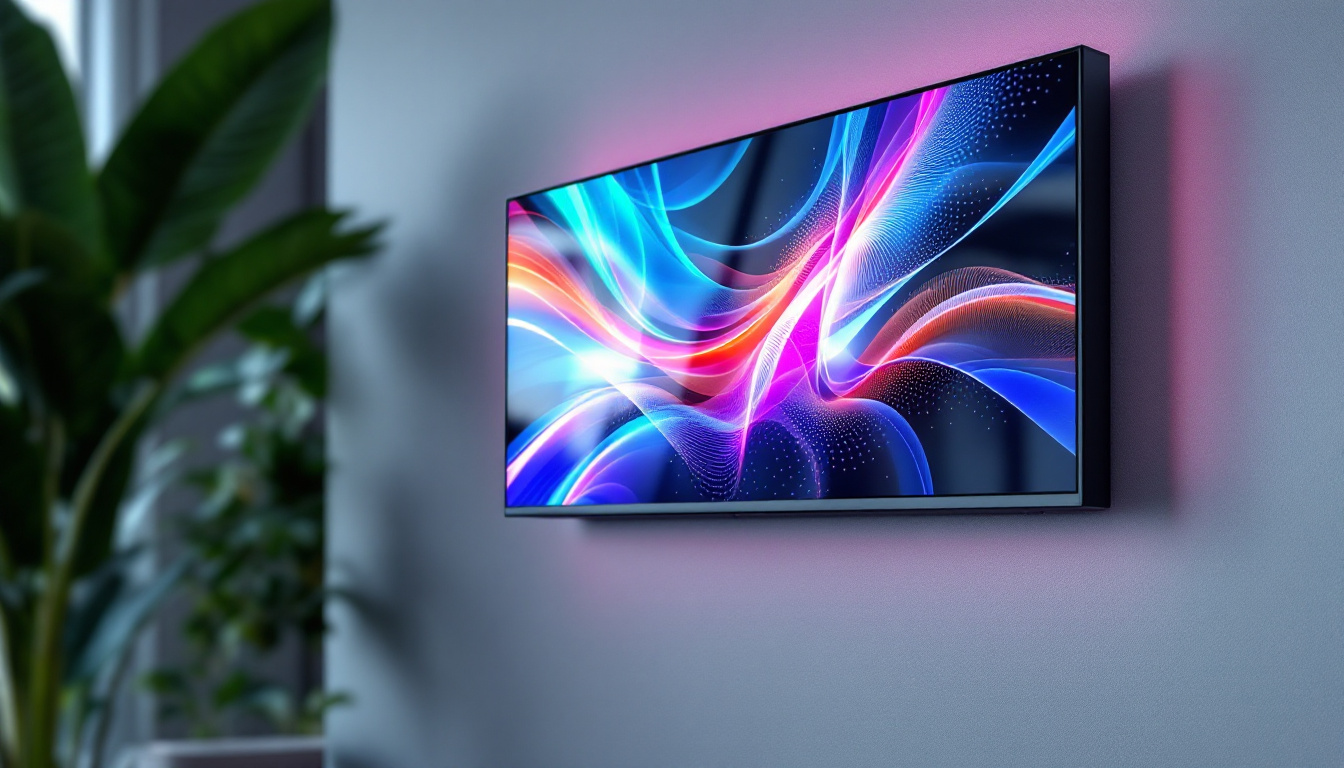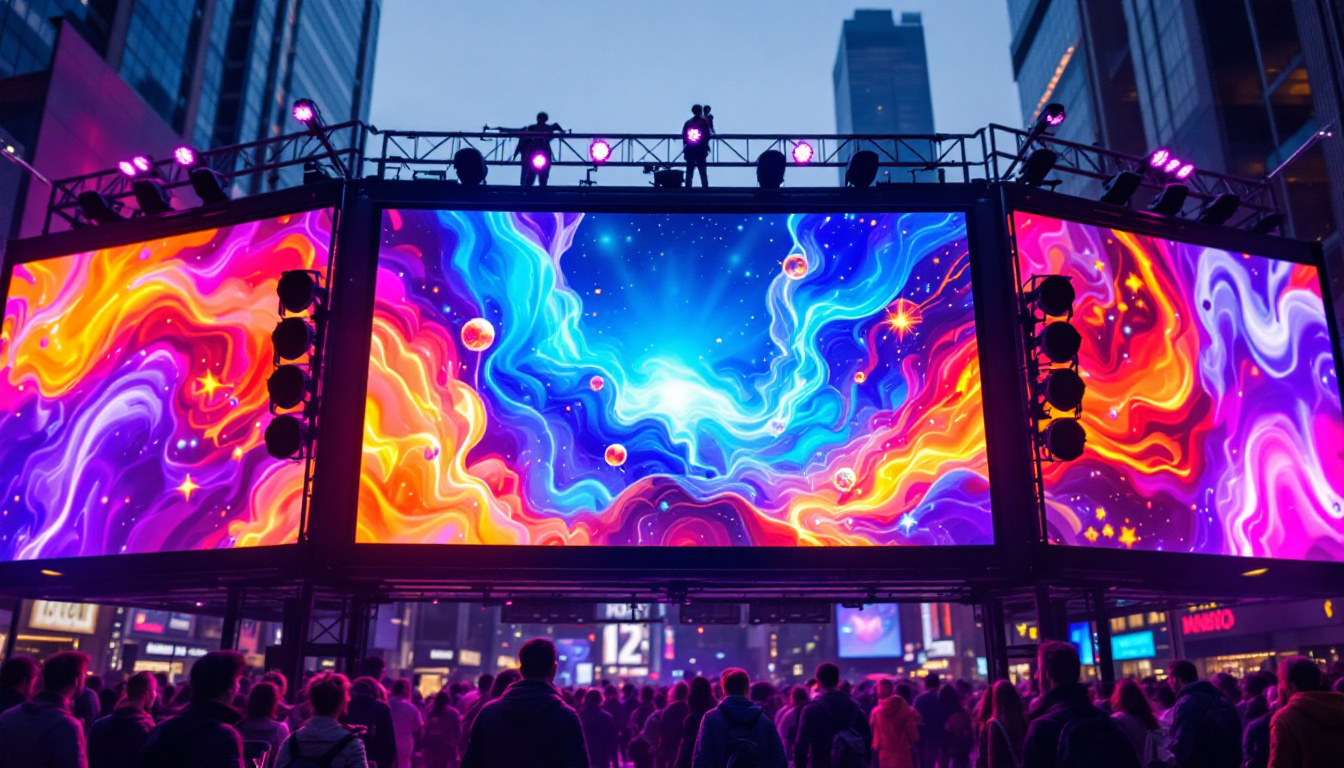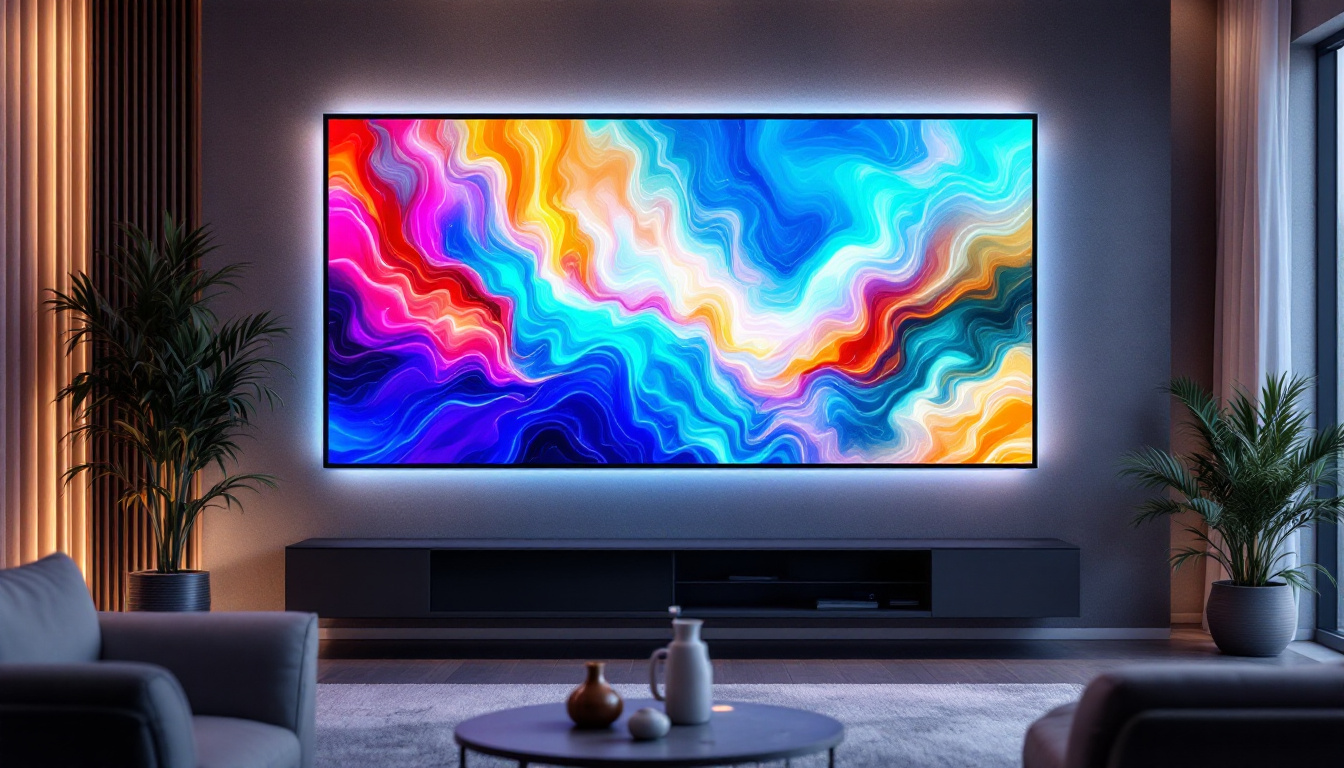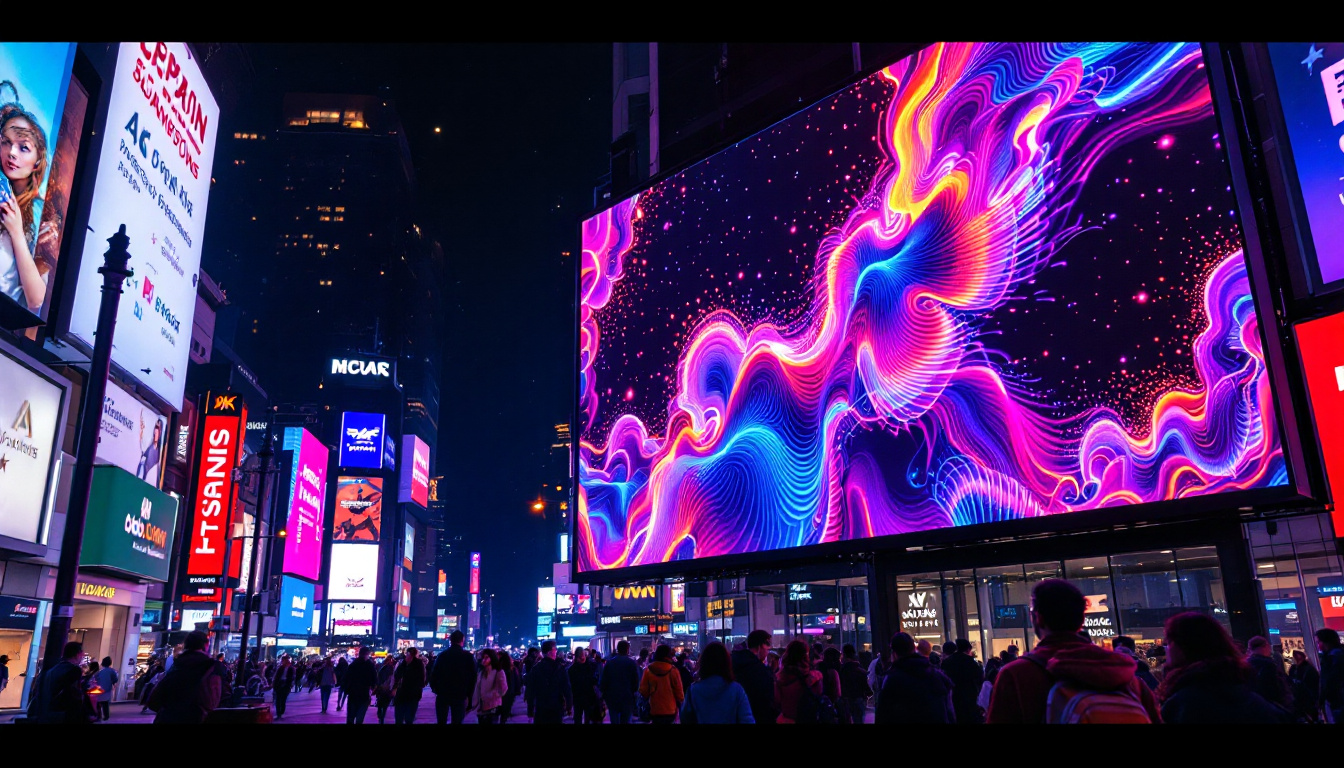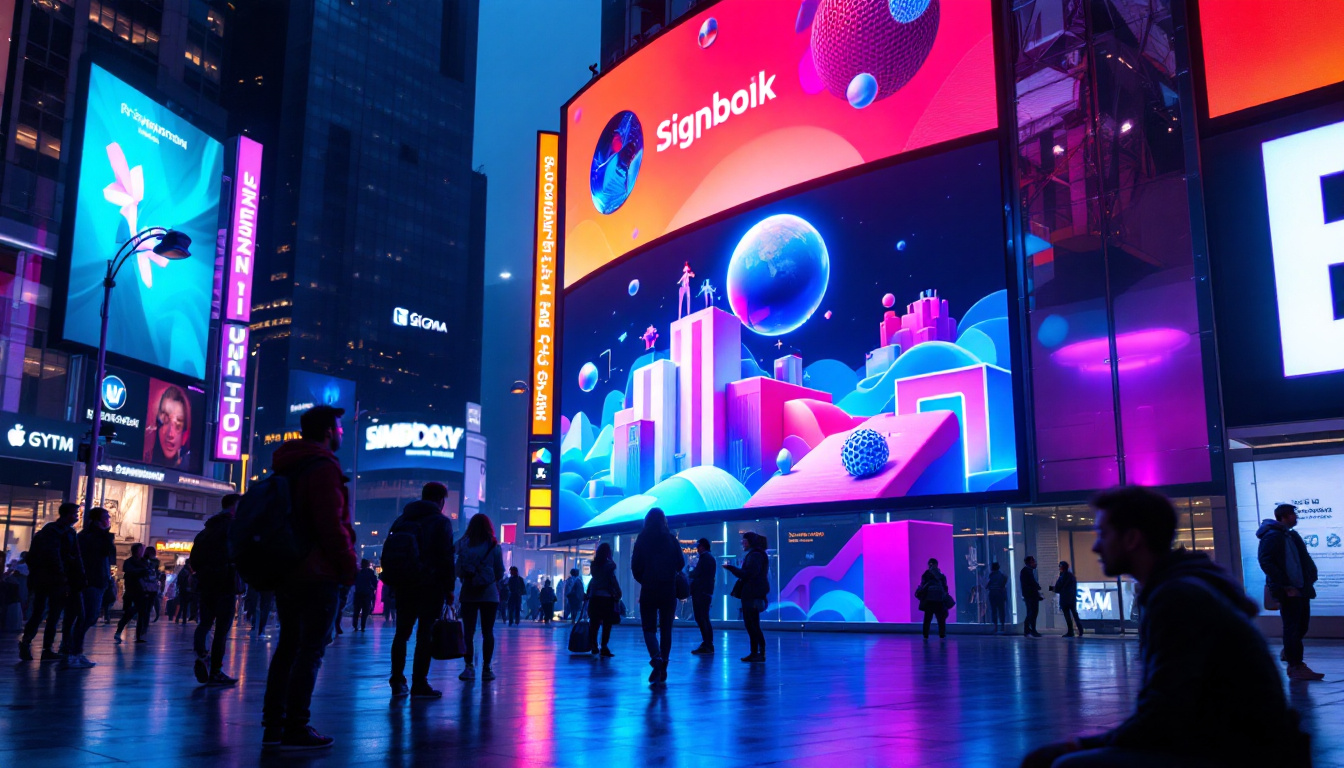In the modern world of technology, visual displays have become an essential part of our daily lives. From smartphones to large television screens, the quality and efficiency of these displays can significantly impact our viewing experience. Among the various types of displays available, LCD (Liquid Crystal Display) and LED (Light Emitting Diode) technologies are two of the most common. Although often mentioned together, they represent different technologies that serve distinct purposes. This article will explore the intricacies of LCD lighting and LED displays, providing a comprehensive understanding of how they work and their applications.
Understanding LCD Technology
Liquid Crystal Display (LCD) technology has revolutionized the way images are presented on screens. It utilizes liquid crystals sandwiched between two layers of glass or plastic, which manipulate light to produce images. The fundamental principle behind LCDs is their ability to control the passage of light, making them efficient for various applications. This technology has become ubiquitous in our daily lives, found in devices ranging from smartphones to large-screen televisions, and even in advanced medical equipment.
How LCDs Work
At the core of an LCD is the liquid crystal material, which does not emit light by itself. Instead, it relies on a backlight, usually provided by fluorescent lamps or LEDs. When an electric current passes through the liquid crystals, their orientation changes, allowing different amounts of light to pass through. This manipulation of light creates the images that are displayed on the screen. The precision with which these liquid crystals can be controlled allows for the display of complex images and videos, making LCDs a preferred choice for high-definition content.
LCDs are composed of several layers, including a polarizer, the liquid crystal layer, and another polarizer. The first polarizer allows light to pass through in a specific orientation. The liquid crystal layer then twists the light based on the electric current applied, and the second polarizer filters the light to create the final image. This intricate process allows for high-quality images with precise color representation. Additionally, advancements in LCD technology, such as the introduction of IPS (In-Plane Switching) panels, have significantly improved viewing angles and color accuracy, further enhancing the user experience.
Advantages of LCD Displays
LCD technology offers several advantages that make it a popular choice for various applications. One of the most significant benefits is its energy efficiency. Compared to older technologies like CRT (Cathode Ray Tube), LCDs consume considerably less power, making them more environmentally friendly. This energy efficiency not only reduces electricity bills but also contributes to a lower carbon footprint, aligning with global efforts to promote sustainable technology.
Moreover, LCD displays are thinner and lighter than their CRT counterparts, allowing for sleek designs in modern devices. They also provide excellent image quality, with sharp text and vibrant colors, making them ideal for everything from computer monitors to televisions. The durability of LCDs, combined with their ability to maintain image quality over time, further enhances their appeal. Furthermore, the versatility of LCD technology has led to its integration into various fields, including automotive displays, digital signage, and even wearable devices, showcasing its adaptability and relevance in an ever-evolving technological landscape.
LED Technology: A Bright Future
Light Emitting Diode (LED) technology has gained immense popularity in recent years, primarily due to its versatility and energy efficiency. LEDs are semiconductor devices that emit light when an electric current passes through them. Unlike traditional incandescent bulbs, which generate light through heat, LEDs produce light more efficiently, resulting in lower energy consumption.
How LED Displays Function
LED displays can be categorized into two main types: direct-lit and edge-lit. Direct-lit LED displays have LEDs positioned behind the screen, providing uniform brightness across the entire display. In contrast, edge-lit displays have LEDs placed along the edges of the screen, with light being directed toward the center. This design allows for thinner screens but may result in uneven brightness.
The technology behind LED displays enables them to produce brighter images with higher contrast ratios compared to traditional LCDs. This is particularly beneficial in brightly lit environments, where the enhanced brightness can significantly improve visibility. Additionally, LEDs have a longer lifespan than traditional lighting options, making them a cost-effective solution in the long run.
Applications of LED Technology
LED technology has found applications in various fields, from consumer electronics to large-scale advertising displays. In the realm of consumer electronics, LED TVs and monitors are prevalent due to their superior image quality and energy efficiency. They are also commonly used in smartphones, tablets, and other portable devices.
Beyond consumer electronics, LEDs have transformed the advertising industry. Large LED billboards and screens are now ubiquitous in urban environments, providing dynamic and eye-catching displays that can be easily updated. The ability to create vibrant colors and animations has made LED displays a preferred choice for marketers looking to capture audience attention.
LCD vs. LED: Key Differences
While both LCD and LED technologies are widely used in display systems, understanding their differences is crucial for making informed decisions about which technology to choose. The primary distinction lies in the backlighting method used in LCDs and the light-emitting properties of LEDs.
Backlighting and Image Quality
As previously mentioned, LCDs rely on backlighting to produce images, which can affect overall image quality. Traditional LCDs use fluorescent backlights, leading to lower contrast ratios and less vibrant colors compared to LED displays. On the other hand, LED displays, particularly those using full-array backlighting, can achieve deeper blacks and brighter whites, resulting in superior image quality.
Furthermore, LED displays often feature advanced technologies such as local dimming, which allows specific areas of the screen to be dimmed or brightened independently. This capability enhances contrast and improves the overall viewing experience, particularly in dark scenes.
Energy Efficiency and Lifespan
When it comes to energy efficiency, LED technology has a clear advantage. LEDs consume significantly less power than traditional LCD backlights, making them a more sustainable option. Additionally, the lifespan of LEDs is considerably longer, often exceeding 25,000 hours, compared to the 10,000 hours typical of fluorescent backlights used in LCDs.
This longevity not only reduces the frequency of replacements but also contributes to lower maintenance costs over time. As energy costs continue to rise, the efficiency of LED displays becomes an increasingly important factor for consumers and businesses alike.
Choosing the Right Display for Your Needs
When deciding between LCD and LED displays, several factors should be considered, including the intended use, budget, and desired image quality. Each technology has its strengths and weaknesses, making it essential to evaluate specific requirements before making a purchase.
Considerations for Home Use
For home entertainment, LED displays are often the preferred choice due to their superior image quality and energy efficiency. Whether for watching movies, playing video games, or streaming content, the vibrant colors and high contrast ratios of LED TVs can significantly enhance the viewing experience.
However, LCD displays can still be a viable option for budget-conscious consumers. They often come at a lower price point, making them suitable for those who prioritize cost over cutting-edge technology. Additionally, advancements in LCD technology have improved their performance, making them a competitive choice for various applications.
Professional Applications and Commercial Use
In professional settings, such as graphic design, photography, and video production, accurate color representation is paramount. In these cases, high-end LED displays with advanced color calibration capabilities are often favored. The ability to achieve precise color accuracy can make a significant difference in creative work, ensuring that the final product meets industry standards.
For commercial use, such as digital signage and advertising, LED displays are typically preferred due to their brightness and visibility in various lighting conditions. The flexibility to create dynamic content and animations makes them an effective tool for capturing audience attention in busy environments.
Future Trends in Display Technology
The world of display technology is continually evolving, with innovations aimed at improving image quality, energy efficiency, and user experience. As the demand for high-quality displays grows, several trends are emerging in the industry.
OLED Technology
One of the most notable advancements is the rise of OLED (Organic Light Emitting Diode) technology. Unlike traditional LCD and LED displays, OLED panels emit light on a pixel-by-pixel basis, allowing for true blacks and exceptional contrast ratios. This technology is becoming increasingly popular in high-end televisions and smartphones, offering an unparalleled viewing experience.
As OLED technology matures, it is expected to become more affordable and accessible to consumers, potentially replacing traditional LED displays in many applications. The combination of vibrant colors, deep blacks, and wide viewing angles makes OLED a compelling choice for both home and professional use.
MicroLED Displays
Another emerging technology is MicroLED, which combines the benefits of both LED and OLED. MicroLED displays consist of tiny individual LEDs that can be controlled independently, resulting in exceptional image quality, high brightness, and energy efficiency. This technology is still in its infancy but holds great promise for the future of display technology.
As MicroLED displays become more commercially viable, they may offer a new standard for high-performance screens, particularly in large-format applications such as digital signage and immersive experiences.
Conclusion
Understanding the differences between LCD and LED technologies is essential for making informed decisions about display options. Each technology has its unique advantages and applications, catering to various needs and preferences. As advancements continue to shape the future of display technology, consumers can expect even more innovative solutions that enhance their viewing experience.
Whether for home entertainment, professional use, or commercial applications, the choice between LCD and LED displays ultimately depends on individual requirements and priorities. By staying informed about the latest trends and technologies, consumers can make choices that align with their needs while enjoying the benefits of high-quality visual displays.
Discover Cutting-Edge LED Displays with LumenMatrix
Ready to elevate your visual experience with the latest in LED display technology? Look no further than LumenMatrix, a pioneer in crafting LED display modules that transform any space into a dynamic visual spectacle. From vibrant Indoor and Outdoor LED Wall Displays to innovative solutions like Vehicle LED Displays and LED Sports Displays, LumenMatrix offers a wide array of products designed to captivate and engage. Embrace the future of visual communication with our Custom LED Displays, All-in-One LED Displays, and groundbreaking LED Transparent Displays. Don’t miss the opportunity to make a powerful statement with clarity and impact. Check out LumenMatrix LED Display Solutions today and see your message come to life like never before.




